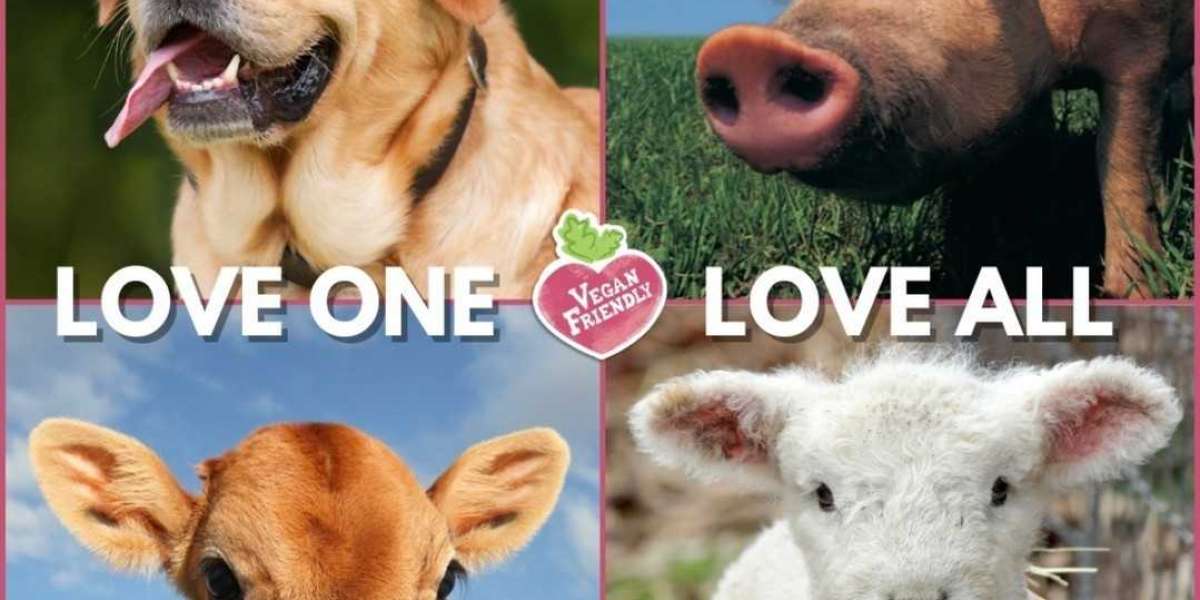Introduction
The Animal cruelty in the fur industry has long been a source of luxury and fashion, with fur garments and accessories often symbolizing status and wealth. However, beneath the glamour lies a disturbing reality of animal cruelty. The fur industry has been criticized for its inhumane treatment of animals, raising significant ethical concerns. This article aims to shed light on the hidden cruelties within the fur industry, examining the methods used, the impact on animal welfare, and the growing movement against fur production.
The Dark Side of the Fur Industry
Inhumane Farming Practices
Animals used in the fur industry are primarily raised on fur farms, where they live in cramped, unsanitary conditions. These farms are notorious for their lack of regulations and oversight, leading to severe animal welfare issues. Animals such as minks, foxes, and raccoon dogs are confined to small wire cages that restrict their natural behaviors. The stress of confinement often leads to psychological distress, manifesting as repetitive behaviors, self-mutilation, and even cannibalism.
One of the most alarming aspects of fur farming is the brutal methods used to kill animals for their fur. To preserve the quality of the pelts, animals are often killed using methods that do not damage the fur but cause immense suffering. Common methods include electrocution, neck-breaking, and gassing. These methods are far from humane, leading to prolonged agony for the animals.
The Trapping of Wild Animals
In addition to fur farming, wild animals are also trapped for their fur. Trapping methods are equally cruel, often causing significant pain and suffering. Steel-jaw traps, for example, are widely used to capture animals such as coyotes, bobcats, and beavers. These traps snap shut on the animal's limb, causing excruciating pain and often leading to broken bones. Animals caught in these traps can suffer for hours or even days before being killed or dying from their injuries.
Furthermore, trapping is indiscriminate, meaning non-target species, including pets and endangered animals, can also fall victim to these cruel devices. This indiscriminate nature of trapping adds another layer of ethical concern to the fur industry.
Environmental Impact of the Fur Industry
The fur industry not only harms animals but also has a detrimental impact on the environment. The production of fur garments involves the use of toxic chemicals, such as formaldehyde and chromium, to prevent the pelts from decomposing. These chemicals can leach into the surrounding soil and water, causing environmental pollution and posing a risk to human health.
Moreover, fur farming contributes to habitat destruction and biodiversity loss. The land used for fur farms could otherwise be utilized for wildlife conservation or sustainable agriculture. Additionally, the release of waste products from fur farms can contaminate local ecosystems, further harming wildlife.
The Rise of Ethical Alternatives
As awareness of the cruelty in the fur industry has grown, so too has the demand for ethical alternatives. Faux fur, made from synthetic fibers, has become increasingly popular as a cruelty-free option. Many fashion brands and designers have embraced faux fur, offering consumers the look and feel of real fur without the ethical concerns.
In addition to faux fur, sustainable and ethical fashion movements have gained momentum. Brands are increasingly focusing on cruelty-free, environmentally friendly materials and practices. The rise of these alternatives signals a shift in consumer attitudes, with more people prioritizing ethics over luxury.
The Global Movement Against Fur
The global movement against fur has gained significant traction in recent years, driven by animal rights organizations, activists, and ethical consumers. Campaigns highlighting the cruelty of the fur industry have led to widespread condemnation and calls for change.
Many countries have introduced legislation to ban fur farming or restrict the sale of fur products. For example, the United Kingdom was the first country to ban fur farming in 2000, and since then, several European countries have followed suit. In the United States, cities like Los Angeles and San Francisco have implemented bans on the sale of fur, reflecting a growing trend towards cruelty-free fashion.
Prominent fashion brands and retailers have also taken a stand against fur. Luxury fashion houses such as Gucci, Prada, and Burberry have announced fur-free policies, signaling a shift in the industry. These decisions are often driven by consumer demand, as more people become aware of the ethical implications of fur and seek out cruelty-free alternatives.
The Future of the Fur Industry
The future of the fur industry is uncertain, as the tide of public opinion continues to turn against it. The increasing availability of ethical alternatives and the growing movement against fur suggest that the industry may eventually become obsolete. However, challenges remain, particularly in countries where fur farming is still prevalent and regulations are lax.
For meaningful change to occur, continued pressure from consumers, activists, and policymakers is essential. By raising awareness and advocating for stricter regulations, the global community can help reduce the demand for fur and ultimately put an end to the cruelty inherent in the industry.
Conclusion
Animal cruelty in the fur industry is a hidden but pervasive issue that demands attention. The inhumane treatment of animals, combined with the environmental impact of fur production, raises significant ethical concerns. As consumers, we have the power to make a difference by choosing cruelty-free alternatives and supporting brands that prioritize animal welfare. By doing so, we can help create a future where fashion is not synonymous with suffering.








